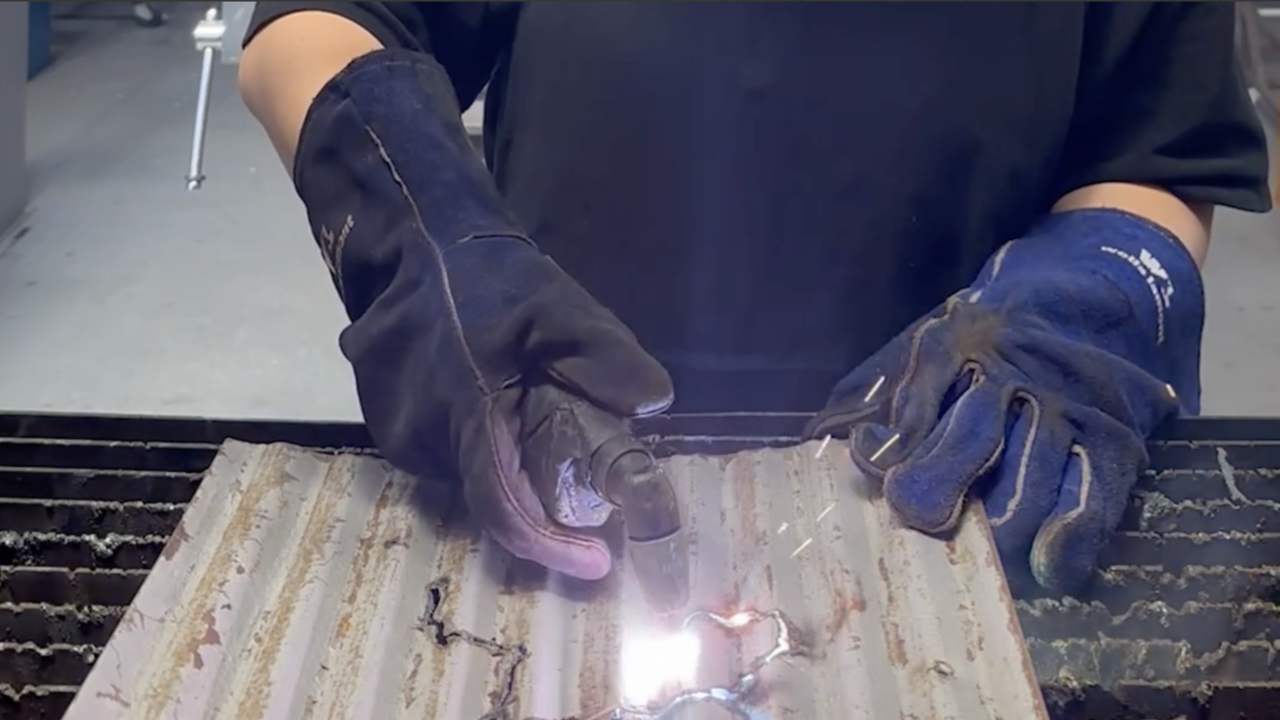Tony Oursler

Tony Oursler’s work has an eerie quality. His sculptures feature videos of roving human eyes and muttering mouths or entire faces projected onto them, and are goofy and creepy all at once, both familiar and disturbingly unreal. Looking like multimedia monster dolls, they can be seen in the music video he directed for David Bowie’s recent single, ‘Where Are We Now?’ (2013). In addition to his work in sculpture, installation art, video and painting, Oursler is also an enthusiastic collector of unusual and sometimes neglected archival material. ‘UFOs and Effigies’, an exhibition of his personal stash of photographs of, as the title suggests, UFOs and effigies, showed another side of his interest in the strangeness at the fringes of photographic media.
Oursler’s collection raises interesting questions about the nature and psychology of photographic evidence, whether or not seeing can be believing. The photos were installed in groups in custom-made frames that wrapped around the walls and allowed viewers to see the back of some pieces (to show their marks of ownership and use over time), and a specially made table for viewing the photos that extended the length of the gallery. There was also a video of YouTube clips of UFO sightings that Oursler compiled for the show. As Branden W. Joseph points out in the exhibition booklet, photographs of UFOs are generally ‘cool’, with the unidentified flying object often a small detail in an otherwise normal-looking scene; in later generations of photos, the distancing is of another kind, as they consist of grainy blow-ups of details. However, the photographs of effigies, taken from news sources, are ‘hot’, the being viewer confronted directly with the symbolic violence of the event being documented.
UFO photographs are intriguing because they suggest the possibility of science fiction made real, and are slightly spooky even though (or perhaps because) the most vivid seem staged. For example, in a photograph taken by George J. Stock in 1952, the space ship looks suspiciously similar to others from 1950s comic books and sci-fi movies, both otherworldly and familiar as it hovers over the trees and telephone poles of Passaic, New Jersey, long before Photoshop was invented. Other images of UFOs are blips and blurs, with what could be a sign of alien life possibly being an artefact of a faulty camera or an optical illusion. The photographs of effigies can be painful to look at – even though the ‘victim’ is a dummy and no one is actually being hurt – because they recall real-life horrors past and present. There’s collective fantasy fulfillment, and even sympathetic magic, in these photos, as dummies representing powerful leaders ranging from football coaches to Kaiser Wilhelm II, Adolf Hitler, Richard Nixon, Franklin D. Roosevelt, Lyndon B. Johnson and the Pope are strangled or burned in acts of symbolic, organized violence. Both groups of photographs have strong historical associations: the UFO photos bring to mind the Cold War era’s fear of imminent nuclear destruction, widespread UFO sightings since 1947, and fringe reports about personal encounters with extraterrestrials; while the photos of effigies call up memories of lynchings, public executions, assassinations and political revenge killings.
Paul Klee once said that, ‘Art does not reproduce the visible, rather it makes visible.’ Ironically, Oursler’s exhibition emphasized that it’s possible to show surreal and unconscious aspects of our society with an archive of photographs. By focusing on the borderline crazy and repressed elements of our culture, Oursler’s exhibition explored some of the weird undercurrents of belief and experience that bubbled to the surface in postwar America and that still have significance for our increasingly documented and digitally connected era.
















